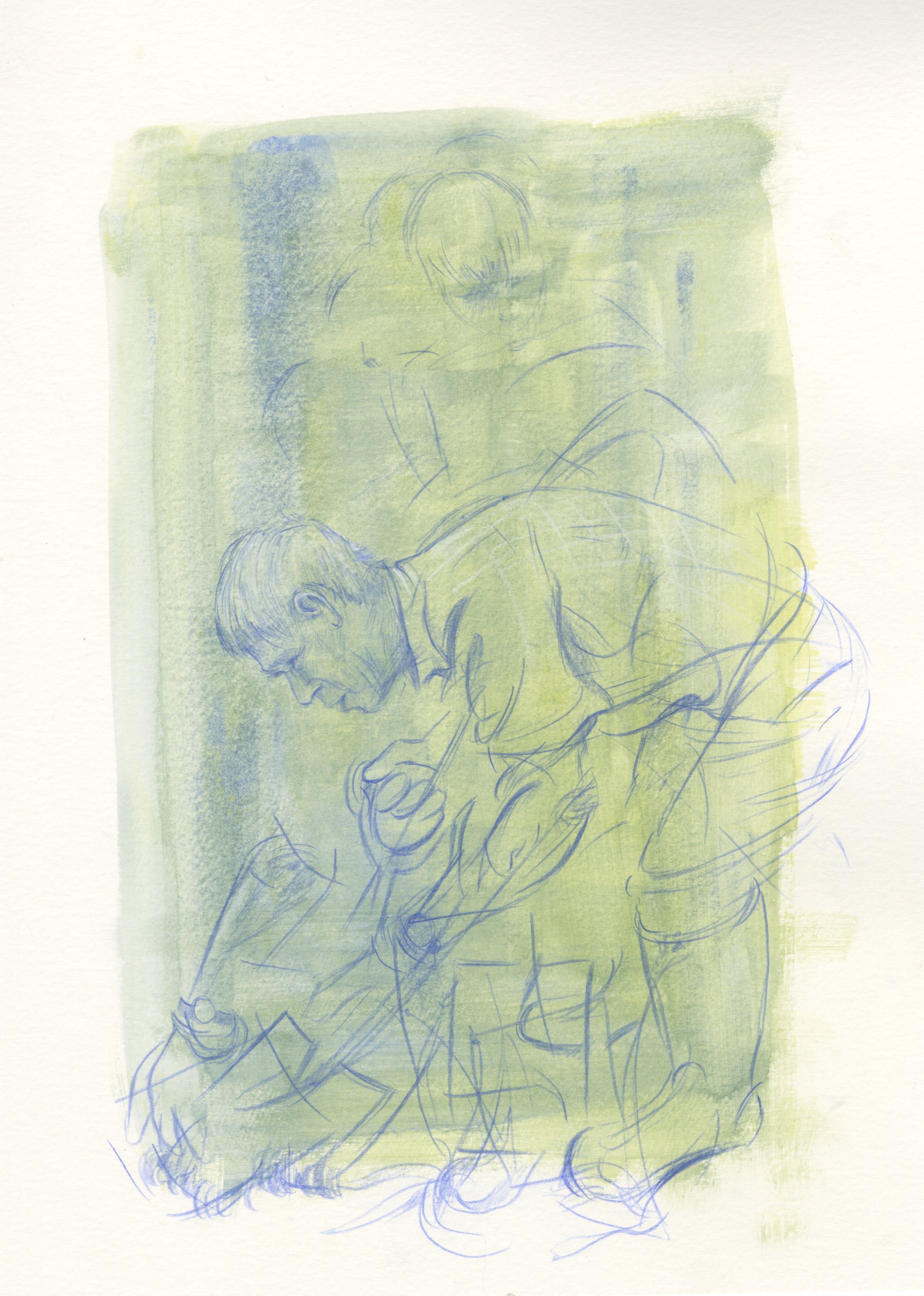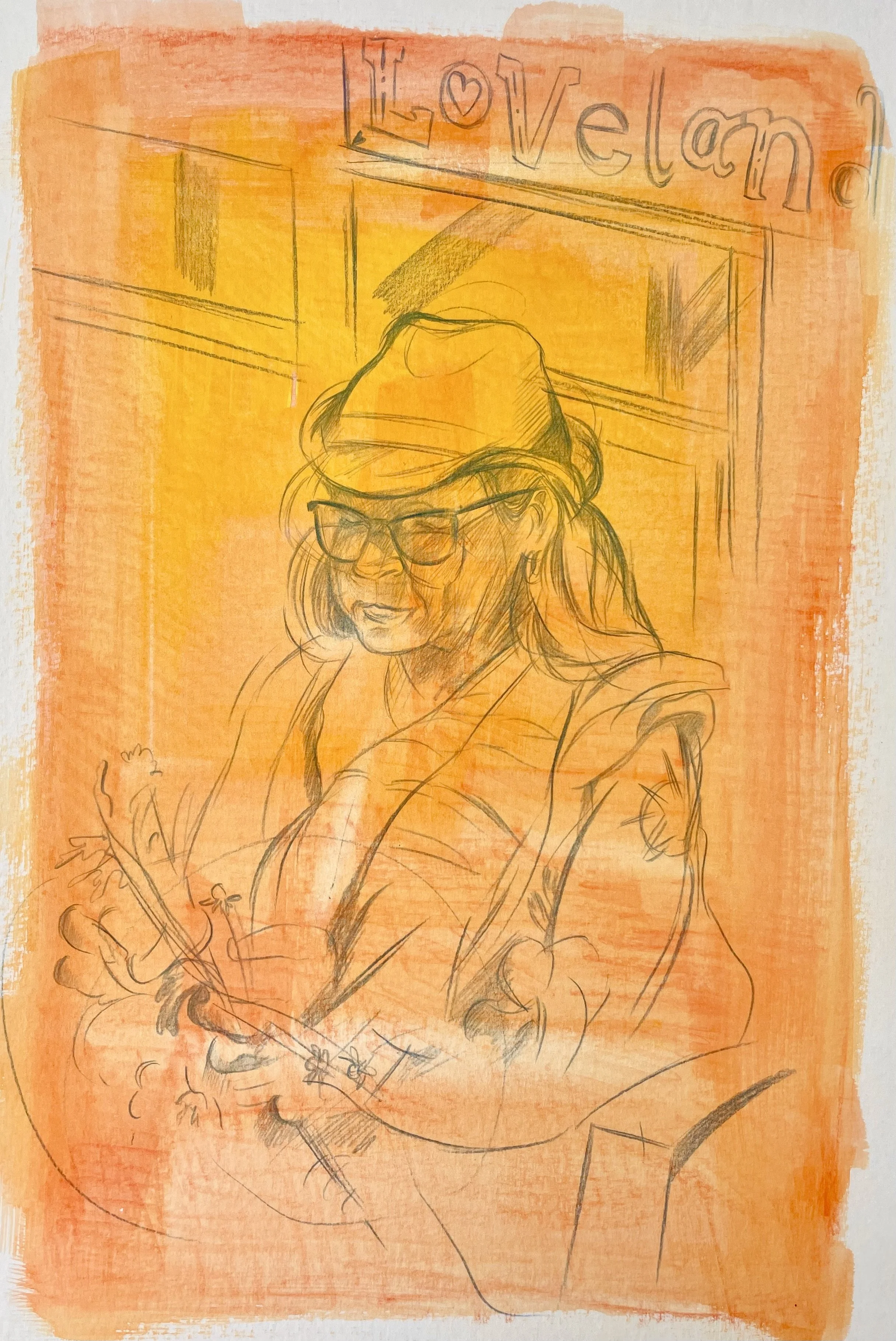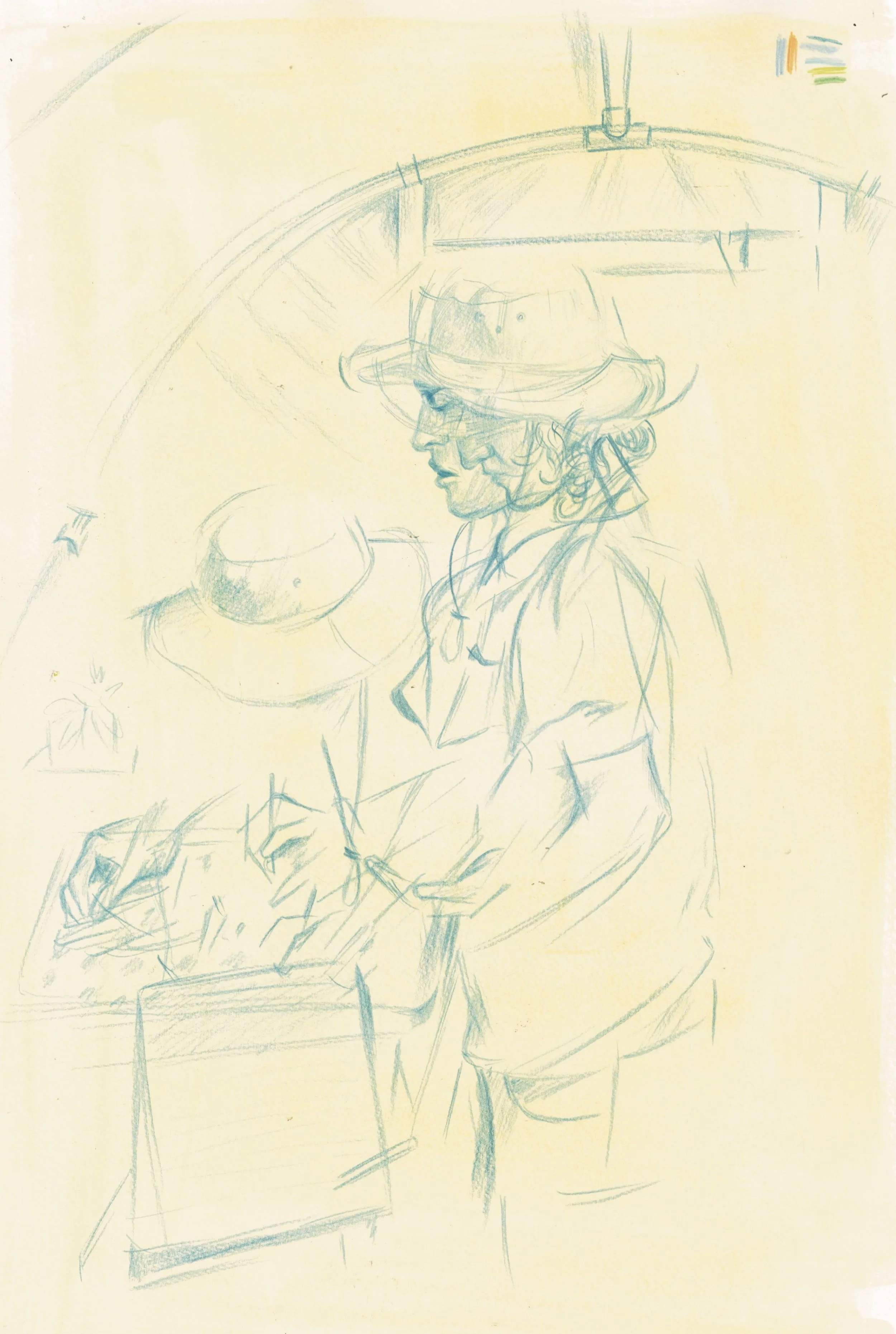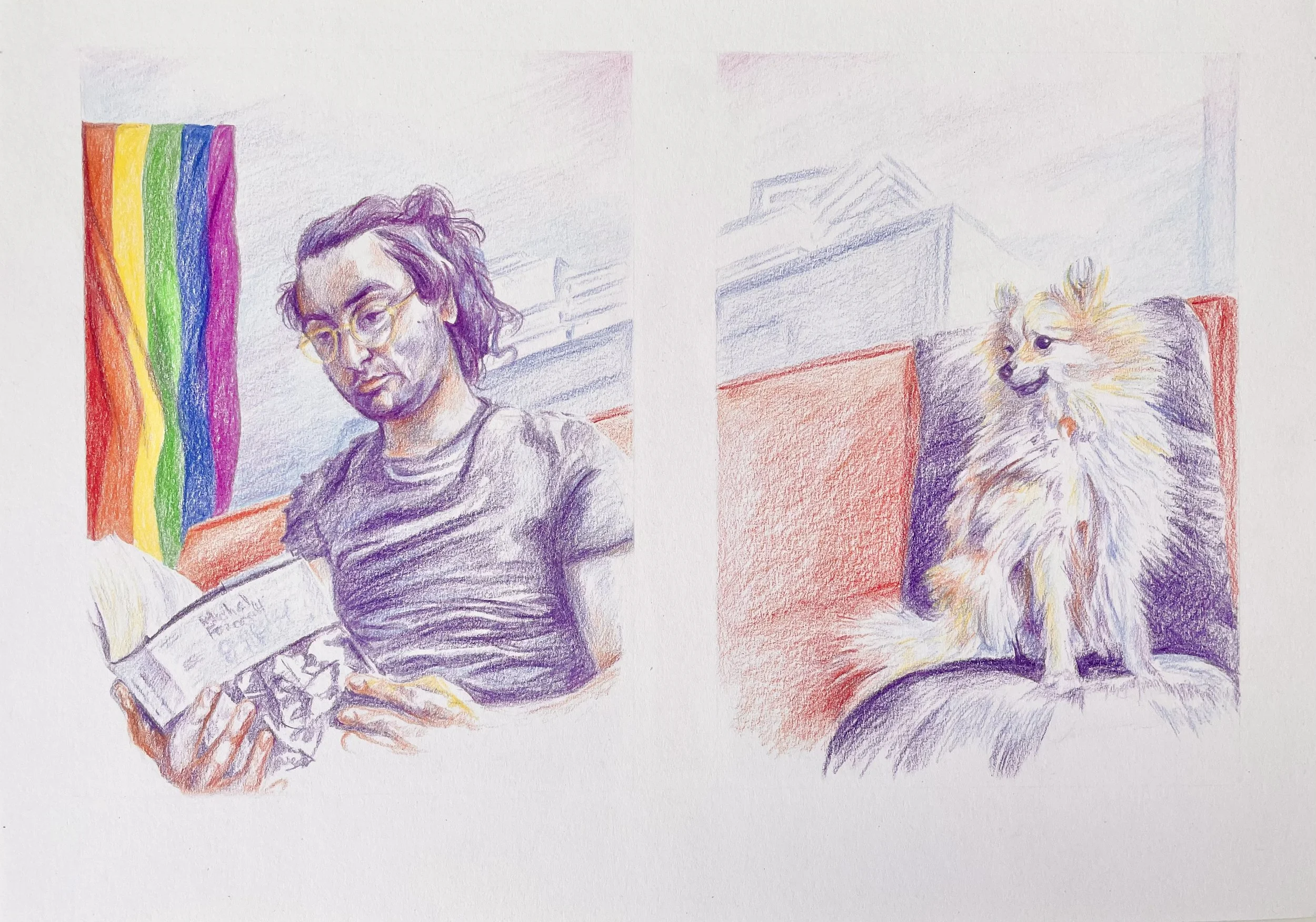
8
The people of Gaza are being starved: what can we do? June 2025

1
Arbroath and Auchmithie Fishing Tales, summer 2024 (1/5)

1
Overfishing? Arbroath and Auchmithie Fishing Tales, summer 2024 (2/5)

1
Smokies made here! Arbroath and Auchmithie Fishing Tales, summer 2024 (3/5)

1
The women did everything bloody else! Arbroath and Auchmithie Fishing Tales, summer 2024 (2/5)

1
In fishing for generations, Arbroath and Auchmithing Fishing Tales, summer 2024 (5/5)

1
'A State of Mind' - Loveland's Weeds, summer 2023 (1/3)

1
'The Prevailing Wind' - Loveland's Weeds, summer 2023 (2/3)

1
'Super Food or Super Weed?' - Loveland's Weeds, summer 2023 (3/3)

4
Portraits - Loveland’s Weeds

3
Reportage - a protest outside Shell's AGM, May 2022

4
'The violent, hopeful world of children who smuggle people' - Beyond Trafficking and Slavery

4
Cover - openDemocracy's Annual Report, 2021-22

2
Cover - Byline Times, June 2021

3
'The People's Democracy of Johnsonia' - Byline Times, May 2021

6
Beyond Trafficking and Slavery philanthrocapitalism debate, January 2021

3
Zoom portraits - spring 2021




























